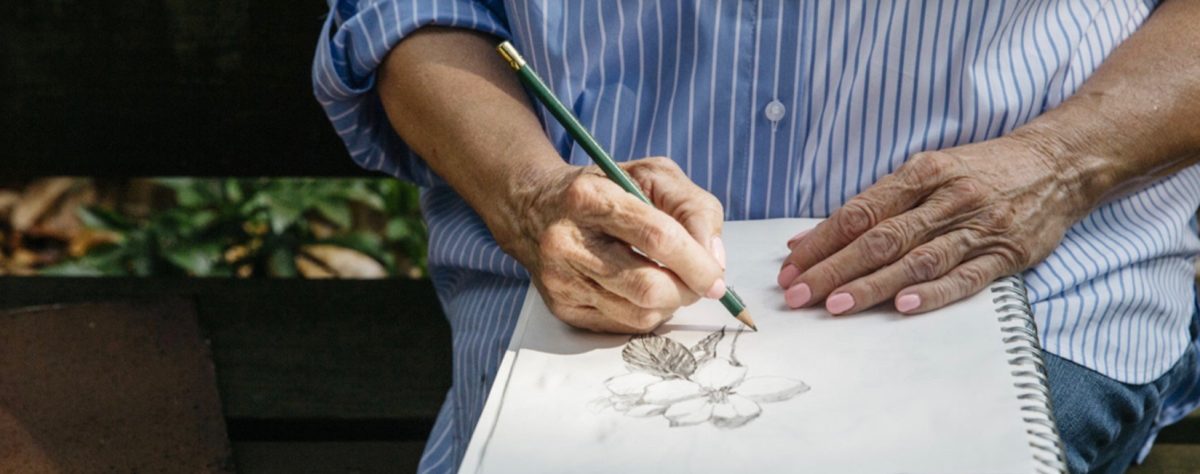
All artists have those frustrating days when nothing seems to be working. Every effort just isn’t coming out right. You want to throw everything in the trash and start all over. Or worse, you want to give it all up. Its too hard.
What can you do when you are at the point where you want to throw in artistic towel? The main thing is don’t. Don’t throw in the towel until you see what other artists who have been in that same boat have to say.
The Virtual Instructor says when things aren’t going your way that it is often a sign of growth. All the more reason to stick with it! The Virtual Instructor goes on to list some helpful points for overcoming Frustrations.
- Take A break
- Don’t quit
- Success is victory over adversity
In other words, keep going. On his blog, Don Corgi also says to take a break. He says, “Either just stop drawing for some time and instead watch and do things that inspire you.” Step away from easel or the table or whatever you make your art on.

Another site, SomeCallMeBeth, says, “Go easy on yourself.” That’s a very important point. So many of us are our own worst critic. The other important point SomeCallMe Beth makes is, “stop comparing yourself to others.” We can become critical of our art that is not working and then start looking at other artist’s work. We have a tendency to think other artists never go through frustrations. That its always easy for them. Nothing could be further from the truth.

Taking a break is the first thing I do when I’m in that place. Take a few minutes or take a few days. Walk away, then come back and take another look. It’s amazing how taking a break then returning will frequently point out something I did not see before. It’s hard to resist the temptation to make comparisons with other artists but sometimes, an idea can come from looking at what another has done. It may spark an idea. What’s important is not to fall into the trap of thinking other artists couldn’t possibly have felt what you are feeling. They do. They all do. It comes with the territory.

Take it from other artists and go easy on yourself. Take a break. Success may be just around the corner. The most important thing is: do not quit!! We all hit roadblocks. The is the moment to keep on pushing. When you do, you feel really good about yourself and your art. Then you’ll be flying high again!!















